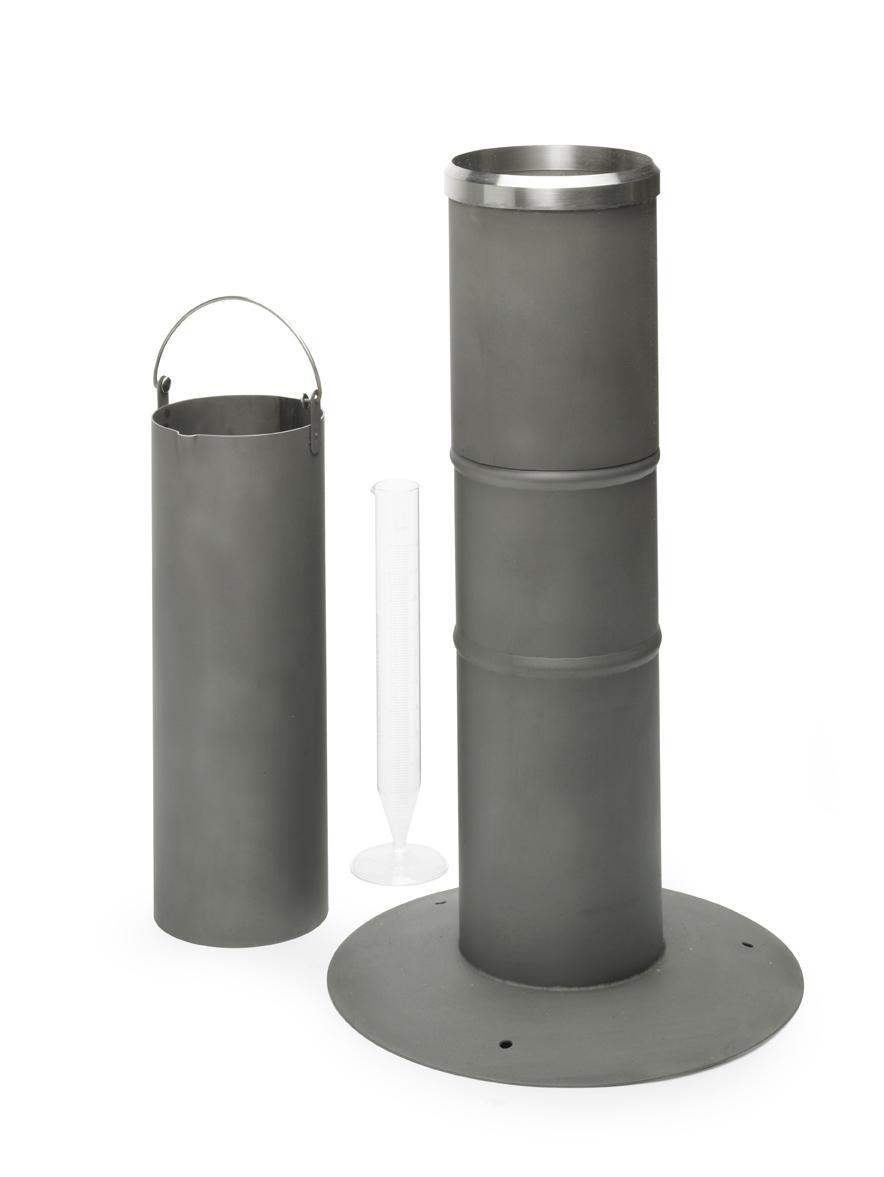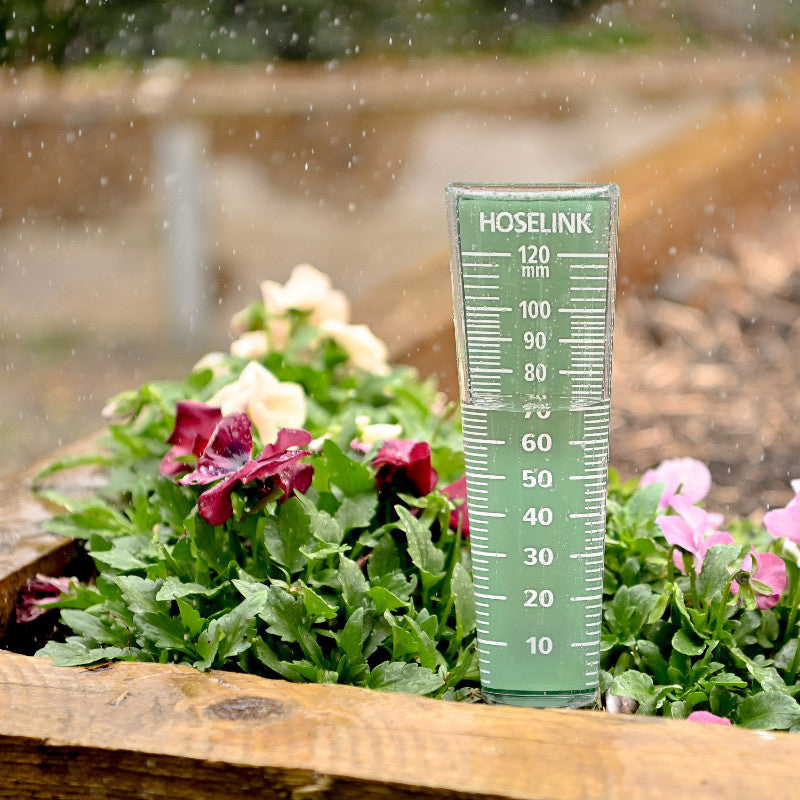Why Every Homeowner Should Think About Buying a High-Accuracy Rain Gauge
Why Every Homeowner Should Think About Buying a High-Accuracy Rain Gauge
Blog Article
Revealing the Science Behind Rainfall Gauges: How These Instruments Play a Vital Duty in Climate Study and Environmental Tracking
Rain determines, seemingly easy tools, hold an extensive relevance in the realm of climate research and environmental monitoring. These humble instruments silently collect one of nature's most necessary aspects-- rains. Yet, behind their plain facade lies a complicated science that is crucial for comprehending the characteristics of our environment. As we peel back the layers of this scientific shroud surrounding rain gauges, we uncover a globe where accuracy, data precision, and thorough observation merge to reveal a deeper understanding of our changing environment and its influence on the earth.
Value of Rainfall Gauges
Rain assesses play a vital duty in tracking and determining precipitation degrees, providing vital data for climate study and analysis. These tools are basic in evaluating the quantity of rainfall that occurs in a particular area over a specific period. By determining and gathering rainwater, rainfall assesses deal important understandings into the circulation and intensity of rainfall, assisting meteorologists, hydrologists, and climatologists in understanding weather condition patterns and trends.
Furthermore, long-term data gathered from rain evaluates helps in evaluating environment modification impacts and patterns, contributing significantly to clinical research and decision-making processes. In significance, rainfall evaluates offer as essential devices in the field of meteorology and environmental science, playing a crucial role in progressing our understanding of weather condition and environment dynamics.
Kinds Of Rain Scales

Capability and Operation
In the realm of climate research and atmospheric studies, the effectiveness of rainfall evaluates lies in their complex functionality and precise functional systems. Rain assesses are created to properly gauge the amount of rainfall that drops over a certain location during a collection duration.
The capability of rain evaluates is based upon the principle of measuring and gathering rainwater in a standard way. This collected data is crucial for comprehending regional weather patterns, tracking long-term climate fads, and analyzing environmental effects. To ensure exact dimensions, rainfall assesses requirement to be strategically put in open areas far from obstructions such as buildings or trees that could hinder the collection process.
The operational aspect of rain assesses entails routine maintenance to avoid particles buildup, calibration checks to preserve measurement accuracy, and data tape-recording for evaluation (rain gauge). Generally, the performance and operation of rain assesses are important for collecting dependable precipitation information crucial to environment research study and environmental monitoring
Duty in Climate Study
Provided the vital importance of exact rainfall measurements in understanding weather patterns and environmental impacts, the function of rain determines in climate research is crucial. Rain gauges offer necessary data for environment research study by measuring the quantity of rainfall that drops over a particular area throughout a given duration. This information is important for keeping track of long-term trends in rainfall patterns, assessing the effect of environment adjustment on rainfall circulation, and enhancing climate versions.

Climate researchers utilize data collected from rainfall gauges to examine variations in rainfall levels, recognize regional environment trends, and examine the efficiency of water source monitoring approaches. By contrasting historical precipitation data with existing measurements, scientists can discover changes in rainfall patterns, such as adjustments in the regularity or strength of rainfall occasions. This information is important for comprehending exactly how climate modification is influencing rainfall characteristics and can aid policymakers make informed decisions pertaining to adjustment and mitigation methods.
Applications in Ecological Tracking

In flood forecasting, rainfall scale data helps to track rainfall intensity and circulation, enabling authorities to issue timely cautions and take needed procedures to minimize flooding threats (rain gauge). Drought monitoring relies upon rain gauge data to important link evaluate dampness levels in the dirt and track precipitation deficiencies, helping in the recognition of drought-prone areas and the implementation of dry spell response strategies
In addition, rain scale information plays an important function in water source administration by providing info on water availability and use patterns. This information is made use of to make informed decisions pertaining to water appropriation, conservation actions, and lasting water resource planning. Additionally, in agriculture, rain scale information helps farmers in enhancing watering routines, crop choice, and total farm management practices based upon regional precipitation patterns. Generally, try this site rainfall gauges are vital devices in ecological surveillance, offering beneficial insights that add to educated decision-making and sustainable source management.
Conclusion
Finally, rain gauges are crucial devices for measuring rainfall, offering important data for environment study and environmental surveillance. With numerous types and functionalities, rain assesses play an important role in understanding rainfall patterns and their impact on the environment. By accurately measuring rainfall, these devices add to the improvement of clinical understanding and aid in making informed decisions related to water source monitoring and disaster readiness.
Rain gauges play a vital role in tracking and gauging precipitation degrees, offering necessary information for climate research study and analysis. The basic rainfall gauge, recognized as the "tipping pail" scale, is one of the most frequently made use of gadgets. Ultrasonic rain assesses use noise waves to find the visibility of rainfall, giving real-time information on precipitation levels.Climate scientists utilize information collected from rain gauges to analyze variations in rainfall degrees, identify regional climate trends, and review the efficiency of water resource administration strategies.In final thought, rain determines are important devices for gauging Get More Information rainfall, giving beneficial information for environment research and ecological surveillance.
Report this page